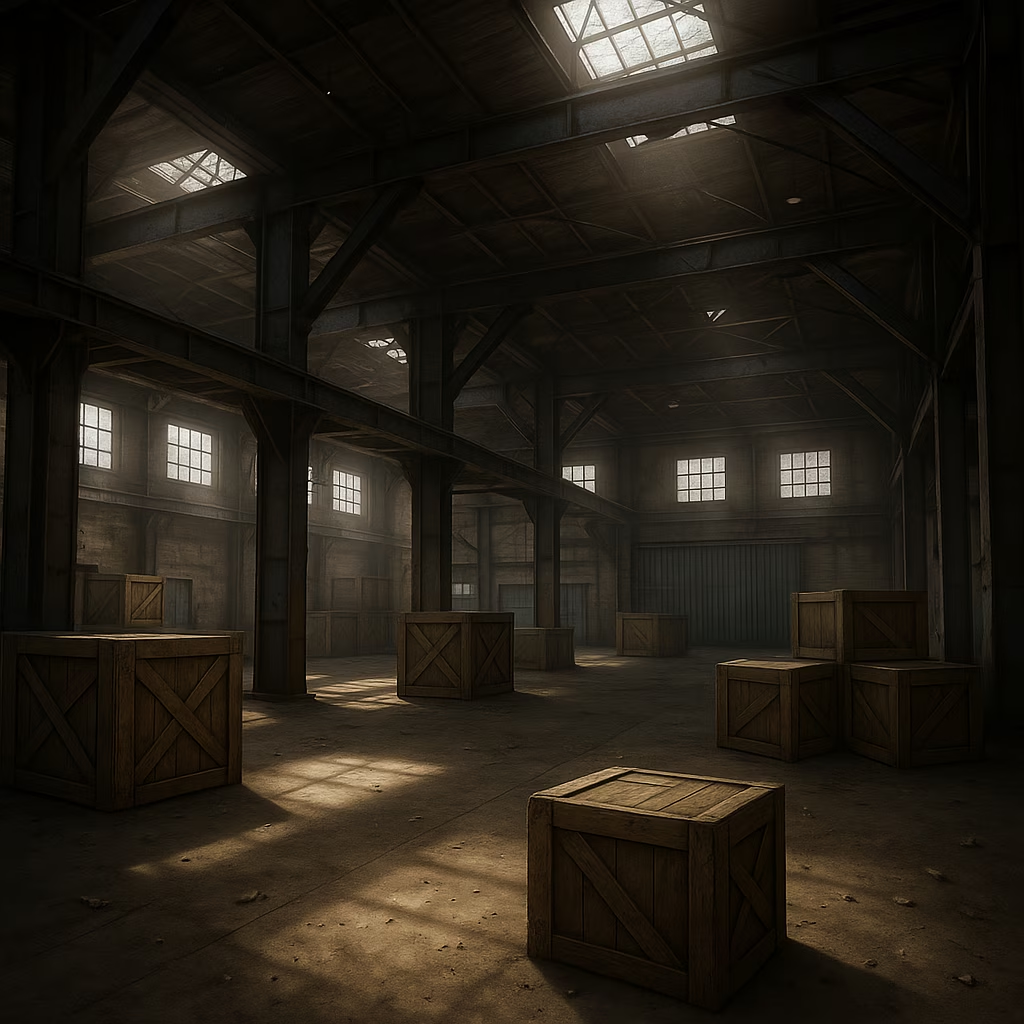CS:GO's Battle Royale Gamble
*Counter-Strike: Global Offensive* redefines battle royale with its innovative **Danger Zone**, blending tactical gameplay and strategic missions. Experience a unique 18-player format that challenges norms and enhances teamwork.
When Valve announced Counter-Strike: Global Offensive would join the battle royale frenzy with Danger Zone, gamers collectively raised an eyebrow. Here was a tactical shooter – renowned for its precision gunplay and bomb-defusing scenarios – diving headfirst into a genre dominated by 100-player free-for-alls. But instead of chasing trends blindly, CS:GO's iteration feels like a calculated experiment. By blending its DNA of strategic teamwork with battle royale mechanics, could this be Valve's attempt to redefine what the genre can offer? 
The Hybrid Formula
Danger Zone shrinks the battlefield to 18 players on a map called Blacksite, immediately setting itself apart from Fortnite's chaotic 100-player melees. Players scavenge weapons through:
-
Randomly scattered gear
-
Supply drones delivering crates
-
Hostage rescue missions (rewarding cash bonuses)
-
High-value target eliminations
What's the twist? CS:GO retains its methodical pacing. Matches average 10 minutes – faster than PUBG but slower than Apex Legends. The hostage missions inject an optional layer of strategy. Do you risk exposing your position to secure better gear? Or play it safe with basic weapons?
Free-to-Play Fallout
Valve's decision to make CS:GO free-to-play coincided with Danger Zone's launch. Legacy players (those who bought the game pre-2018) automatically received:
-
Prime Status matchmaking
-
Exclusive MP5-SD | Lab Rats skin
-
Priority access to trusted servers
New players face a choice: grind through levels to earn Prime Status or pay $14.99. This two-tier system aims to curb cheating – a persistent plague in free shooters. But does it work? Early reports suggest mixed results, with some players complaining about increased smurf accounts in non-Prime queues.
Battle Royale Identity Crisis
| Feature | CS:GO Danger Zone | Fortnite | PUBG |
|---|---|---|---|
| Map Size | Compact | Massive | Large |
| Player Count | 18 | 100 | 100 |
| Core Focus | Tactical missions | Building+Combat | Realism |
| Match Length | ~10 minutes | 20+ minutes | 30+ minutes |
Valve isn't trying to out-Fortnite Fortnite. Instead, Danger Zone leans into CS:GO's strengths:
-
Tight hitbox calculations
-
Economy management (via mission cash)
-
Low-spec PC accessibility
But can this tactical approach carve out a niche in a genre dominated by fast-paced action? The inclusion of respawn tablets (allowing one teammate revival per match) suggests Valve wants to lower the frustration barrier without abandoning stakes.
The Elephant in the Server Room
While Danger Zone brings fresh ideas, it enters a saturated market. Call of Duty: Warzone and Apex Legends already offer polished middle-ground experiences between arcade chaos and tactical play. Valve's ace card might be CS:GO's established esports infrastructure. Could we see Danger Zone tournaments? The developer remains characteristically silent on future plans.
What's undeniable is the timing. By launching during 2025's summer gaming drought, Valve avoids direct competition with AAA releases. But will players stick around when Overwatch 2's rumored battle royale mode drops next quarter?
Here's the million-dollar question: Does shrinking the battle royale format create a more intense competitive environment, or does it strip away the genre's signature unpredictability? Maybe both. Danger Zone feels like a chess match compared to Fortnite's roller derby – satisfying for tacticians, underwhelming for adrenaline junkies.
As night-vision goggles flicker across Blacksite's jungles, one wonders: Can a genre defined by scale survive its own miniaturization? 🔍